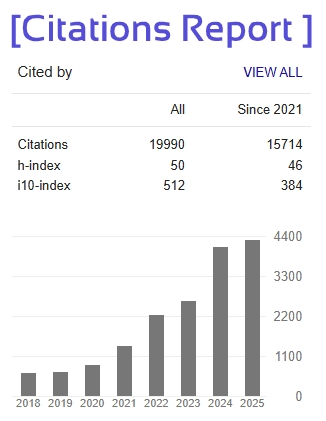Real Time Scream Surveillance: Public Safety Through Audio-Based Crime Detection Using Machine Learning
Sinchana v
student, Dept of CSE,
Sea College of Engineering & Technology
Vandana J
student, Dept of CSE,
Sea College of Engineering & Technology
Ullas R S
student, Dept of CSE,
Sea College of Engineering & Technology
Varshitha V
student, Dept of CSE,
Sea College of Engineering & Technology
Dr Rajagopal K
Professor Dept of CSE
SEA College of Engineering & Technology
Mr.Nagabhiravnath K
Assistant Professor Dept of CSE
SEA College of Engineering & Technology
Mrs Jayashri M
Assistant Professor Dept of CSE
SEA College of Engineering & Technology
Dr Krishna Kumar P R
Professor Dept of CSE
SEA College of Engineering & Technology
Abstract— In the pursuit of enhanced public safety and rapid emergency response, this research explores the development of a smart scream surveillance system that utilizes audio-based crime detection powered by machine learning techniques. The proposed system focuses on the real-time identification of distress sounds—particularly human screams—in public areas, which often signal criminal activity or emergency situations. By deploying strategically placed acoustic sensors integrated with edge-computing devices, ambient sounds are continuously monitored and analyzed using trained machine learning models capable of distinguishing screams from other environmental noises.The core of the system lies in its audio classification engine, which employs feature extraction techniques such as Mel Frequency Cepstral Coefficients (MFCCs) combined with deep learning algorithms like Convolutional Neural Networks (CNNs) or Long Short-Term Memory (LSTM) networks. These models are trained on diverse audio datasets to ensure robustness against background noise and variations in scream intensity, gender, and language.Upon detecting a potential scream, the system can trigger alerts to local law enforcement or security personnel, providing the location and timestamp of the incident. This proactive approach to crime detection not only facilitates faster response times but also acts as a deterrent to potential offenders. The implementation of such a surveillance mechanism raises important considerations regarding privacy, false positives, and public trust, which are also addressed within this study.The findings demonstrate that machine learning-based scream detection can significantly contribute to smarter, safer
cities by augmenting traditional surveillance systems with real-time, context-aware audio analytics
Keywords: Crime detection, Machine learning, Human scream analysis, SVM, MPN, Real-time alert system, Public safety, Audio signal processing







